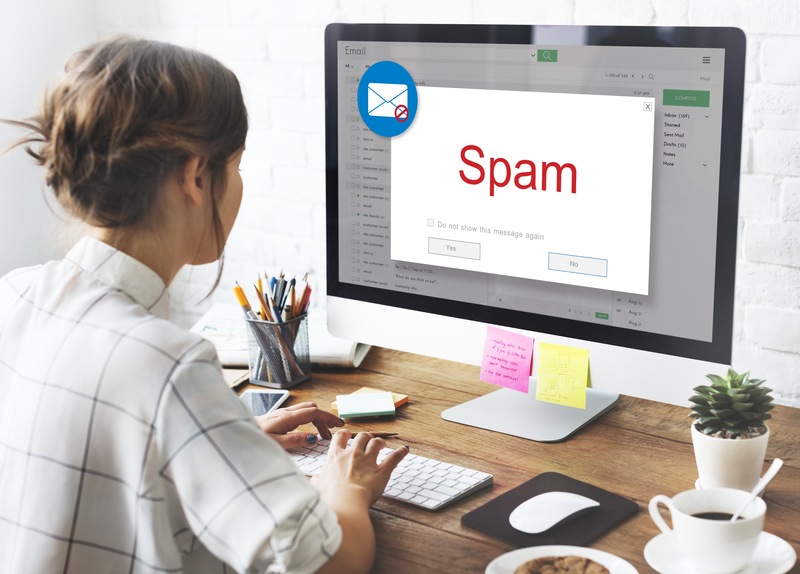
However, it could be a question you struggle with when deciding what types of email to report to your IT department. Potentially malicious emails make it to your inbox every day, so it’s important for you to understand the difference between a Phishing email and a Spam email.
This Email Seems Phishy
Spam Alert
Spam is unsolicited, unwanted email typically sent for marketing purposes. It is often trying to sell you something, such as unwanted goods or services – but, it is not asking you to take specific action. Although spam can be annoying, it is common to receive it in your business email. These types of emails do not typically need to be reported unless you believe they pose a threat to your organization. In most cases, spam email can simply be deleted or ignored.
Note: Always follow your organization’s policy regarding what type of email to report in case it differs from the above.
Whether a Phishing email or Spam email, you should always be cautious when clicking on a link or opening an attachment. An email should never be considered safe until it is analyzed carefully. Remember, you’re the last line of defense to prevent a phishing attack on your organization. Always Stop, Look, and Think!